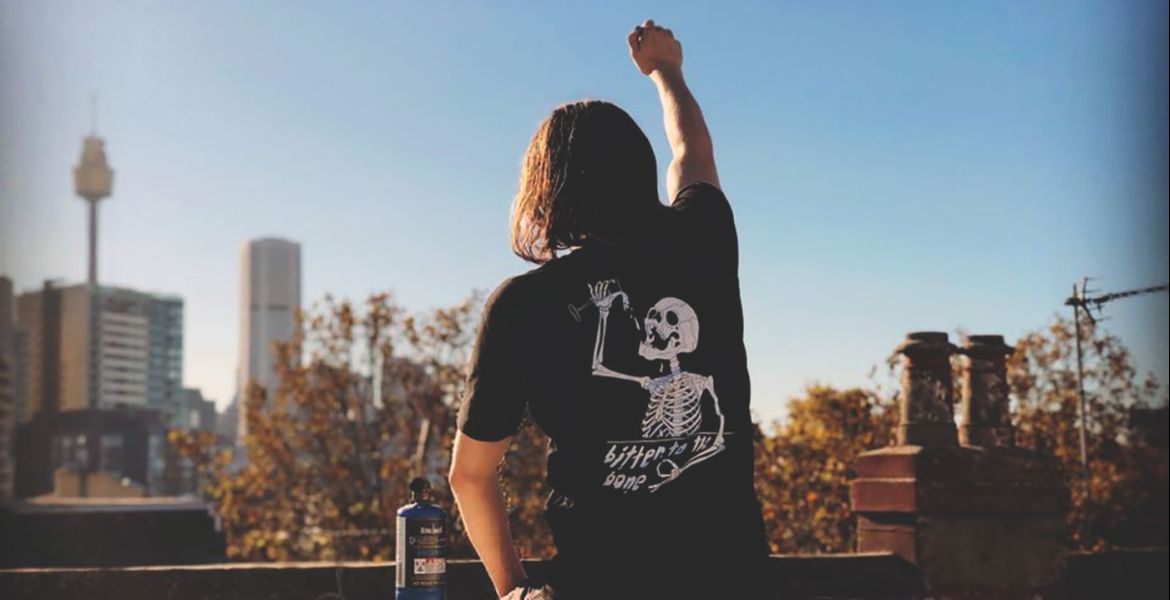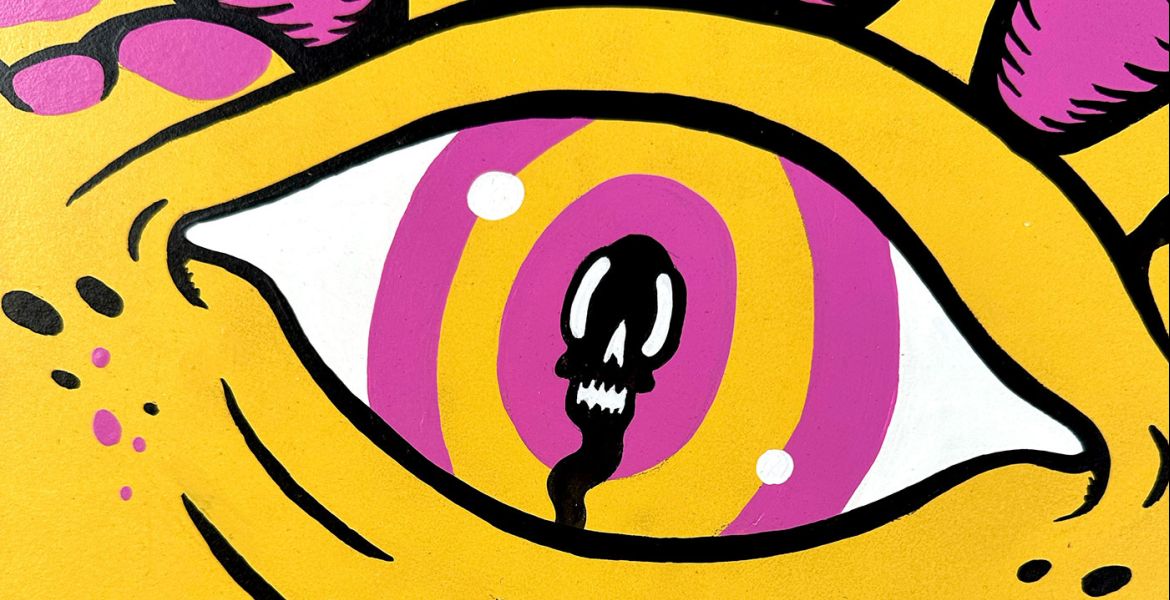Craft beer drinkers are all too aware that it’s what’s on the inside that counts. The path to discovering better beer is intrinsically linked with an understanding, or at the very least an appreciation, of genuine quality and not simply succumbing to outward appearance or advertising. But sometimes just a little extra fuss needs to be made about what’s on the outside, and now would be one of those times. This Australia Day: January 26, 2013, the first Australian canned craft beer will be officially released to the public.*
It’s the Australian Brewery, from Sydney’s northwestern suburb of Rouse Hill, which has been the first to answer the call, installing a canning machine midway through last year. Now, having put the machine through its paces, drinkers are on the verge of cracking a tinnie in celebration. And just for good measure they’ll have a couple of beer styles to choose from. And for extra good measure, the cans should be available across the country.
Such is the interest in locally produced craft cans, liquor giant Dan Murphy’s signed on early to become a major stockist. That meant head brewer Neal Cameron (above on the canning line) and the team at the Australian Brewery had a full-on lead in to the festive season preparing the initial order of 2,200 cases. Not bad for a first outing.
When we caught up with Neal, the team was midway through a canning run. Said Neal at the time: “We’ll package about 3,500 litres of beer today. Some bottling machines might do triple that.” But therein lies the value of a unique selling point. As Neal suggested, regarding the national distribution and Australia Day release: "They [Dan Murphy’s] probably wouldn’t have done it if we were releasing just another bottled beer."
So then, what of the beer itself?
First out of the blocks will be the Australian Brewery’s pilsner and pale ale. According to the notes, the pilsner is inspired by the classic German version of the style, but in this case using the palest Australian malts and New World hops. Drinkers should expect a "crisp and dry pale lager with an enticing hop aroma and peppery bitterness". The pale ale is an Aussie-inspired version, made so primarily through the unmistakable flavours and aromas of the Galaxy hop; think tropical fruits of citrus, passionfruit and mango. It’s a crisp and refreshing ale that’s flavourful but highly drinkable.
Many will be quick to note that both beers sit at the approachable end of the beer spectrum. That’s probably a sound decision when launching to a national audience which, for the most part, has a collective beer education bordering on illiteracy. Convincing consumers to take a small leap forward from the ubiquitous macro-lager towards a well crafted pale ale is generally going to be far easier than pole vaulting them directly into, say, a highly-hopped double IPA.
But the brewery can, of course, fill the cans with whatever they like. Indeed, when Neal previewed the very first cans to the public during Sydney Craft Beer Week last October they were filled with AB Motherlode, the brewery’s six per cent ESB (Extra Special Bitter). In the immediate future, Neal says:"We’re also canning our Steam Ale and Cider, which will be available from other venues." Following that, he adds: "We’re also going to be canning our Smoked IPA in a few weeks as the next seasonal."
Regardless of what styles they plan to can in future, that beer will have a few significant advantages over its its bottled counterpart. Most importantly, due to them being airtight and impervious to light, the quality of canned beer is increasingly being seen as being equal, if not slightly superior, to that in bottles. There’s long been an argument that cans provide a residual metallic tang in the drinker’s mouth, though at a glance this seems to be an increasingly disproven theory. In principle, the pro-canners argue that if you can’t taste metal from kegged beer, why should a can be different?

What’s inarguable is the weight advantage; cans are lighter than bottles. Purely in terms of freight and distribution – whether it’s a pallet on a truck or a six-pack in your hand – that’s an important factor. Plus they cool faster, are easier to open and more difficult to break. Taken together, the benefits start to become quite compelling.
At its most basic level, putting beer in cans is a point of difference in an increasingly cluttered and competitive market. But for the industry it’s another tool to help spread the word of craft beer. And for drinkers, there’s potentially a new and better beer alternative for whatever great Aussie outdoor experience you enjoy; festivals, sports events, beachside picnics, fishing, camping, tramping – anywhere glass bottles are deemed inappropriate or just plain inconvenient. In that regard, the Australian Brewery has put down another significant marker in the growth of craft beer in this country.
For a long while drinkers wondered which local craft brewery will be the first to put their beer in cans. The Australian Brewery will forever hold that honour. Perhaps the question now is: “Which brewery will be next?”
To be fair, the likes of James Squire and Coopers have released canned versions of their beer. How "crafty" they are depends on the drinker’s own views. The Australian Brewery represents the first locally-owned small brewery to venture into canned beer.















